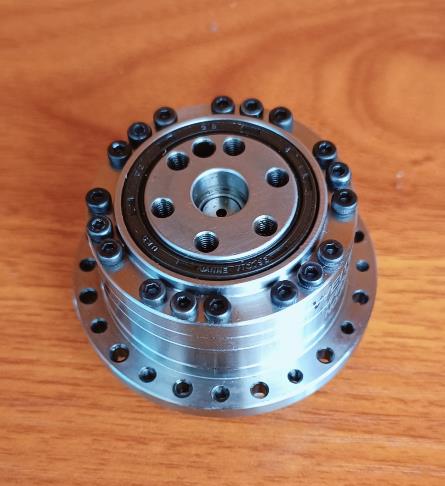
With the rapid development of industrial automation, efficiency and energy conservation have become crucial goals in the design and manufacturing of industrial equipment. In this context, reduceres, as core components of many mechanical systems, have attracted widespread attention for their efficient and energy-saving technologies. This article will explore some key technologies and innovations in the field of reduceres to enhance their performance and achieve more efficient and energy-saving operations.
1. Utilization of Advanced Materials
Efficient and energy-saving reducer design relies on the application of advanced materials. Lightweight, high-strength materials such as carbon fiber composites and advanced alloy steels help reduce the load on the reducer, decrease inertia, and improve efficiency. Such designs also minimize the inertia burden of transmission components, reducing frictional losses and enhancing overall system energy efficiency.
2. Precision Manufacturing and Measurement Technologies
Precision manufacturing and measurement technologies play a crucial role in optimizing reducer performance. Advanced manufacturing processes ensure the high precision and quality stability of key components such as gears, bearings, and transmission chains. Precision measurement technologies are employed for comprehensive performance assessment, including vibration analysis, noise testing, and temperature monitoring. Through these means, potential issues can be detected in real-time, enabling continuous monitoring and adjustments to ensure optimal reducer performance.
3. Reduction of Friction and Wear
Friction and wear within reduceres are major sources of energy loss. To improve efficiency and reduce energy consumption, researchers and manufacturers focus on minimizing friction within reducer internal transmission components. Common methods include the use of advanced lubrication techniques, such as low-friction lubricants and precise lubrication systems, to reduce frictional losses in gears and bearings. Additionally, surface treatment technologies, such as carburizing and nitriding, enhance the hardness and wear resistance of transmission components, prolonging their lifespan and minimizing wear.
4. Optimized Design of Transmissions
Transmissions are critical to the energy conversion process in reduceres, and their design is essential for achieving optimal efficiency. Advanced simulation and optimization tools allow researchers to better understand the impact of different design parameters on reducer performance. For instance, selecting appropriate gear module, tooth count, and transmission ratio can minimize energy losses while ensuring torque output, achieving efficient energy conversion.
5. Application of Intelligent Control Systems
Intelligent control systems play an increasingly important role in the efficiency and energy conservation of reduceres. By incorporating advanced sensor technologies, real-time monitoring and data feedback on reducer operational status can be achieved. Based on this data, intelligent control systems can facilitate precise load adjustments and operational optimization, adapting to varying requirements under different conditions and maximizing the overall performance of the reducer.
In conclusion, efficient and energy-saving technologies have profound implications for the development of reduceres. With ongoing technological advancements, we can anticipate that reduceres will become more efficient, reliable, and environmentally friendly in their energy utilization in the future.
 English
English Deutsch
Deutsch Русский
Русский Español
Español
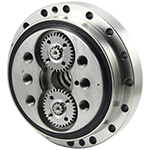
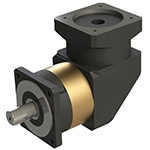
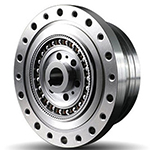
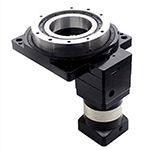
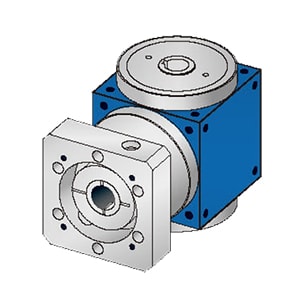
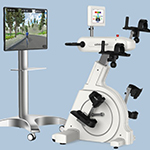
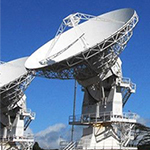
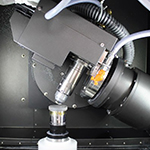
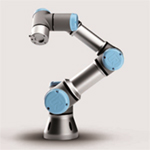
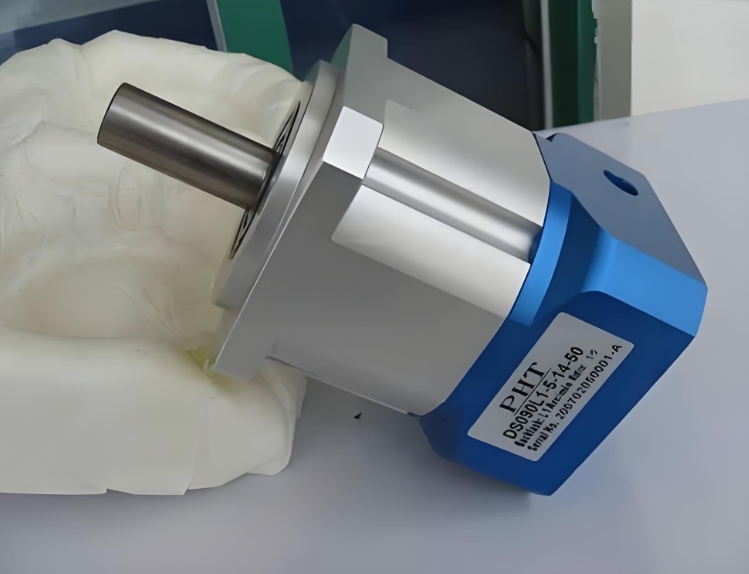
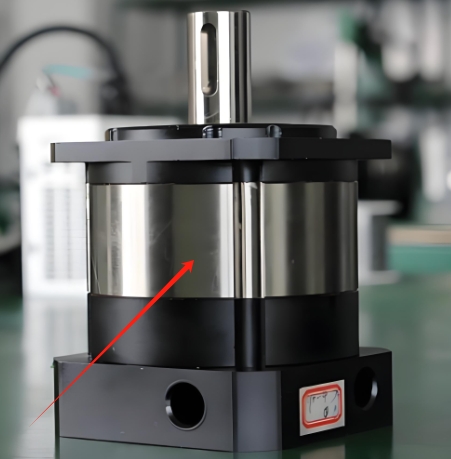
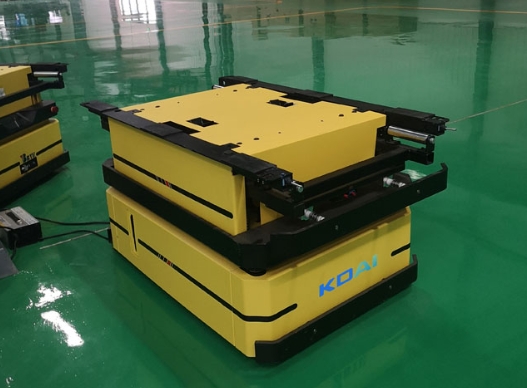
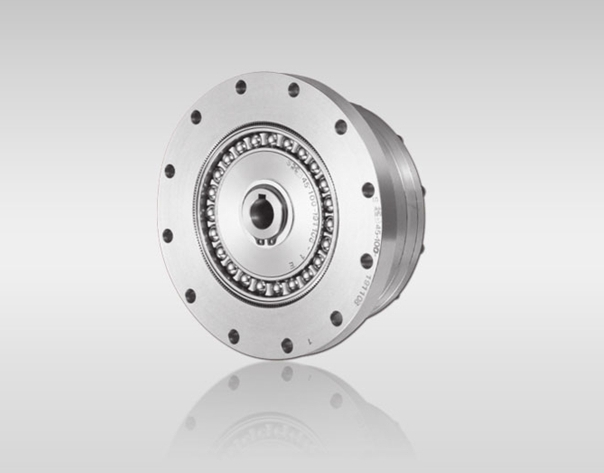
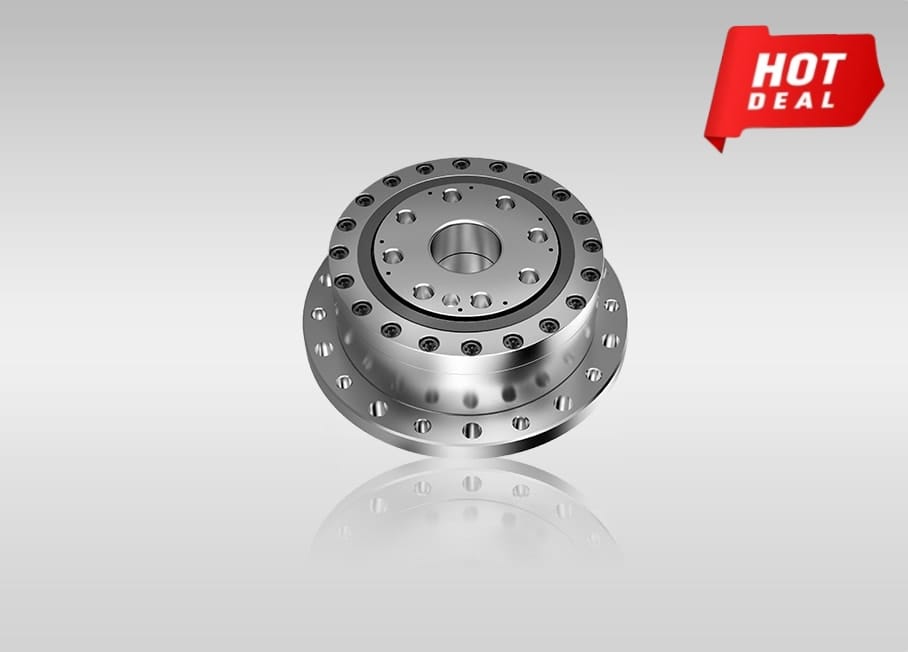
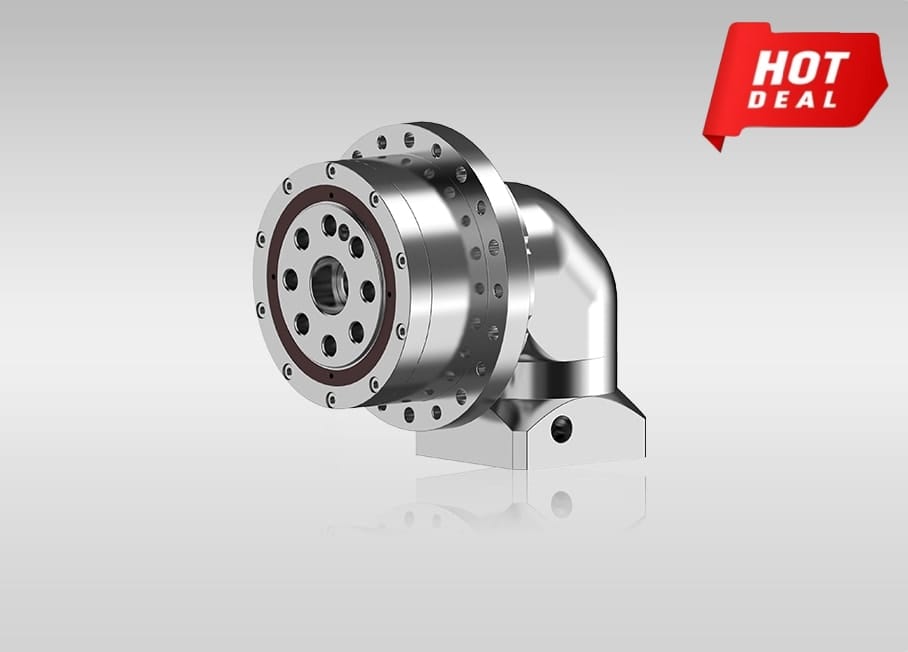
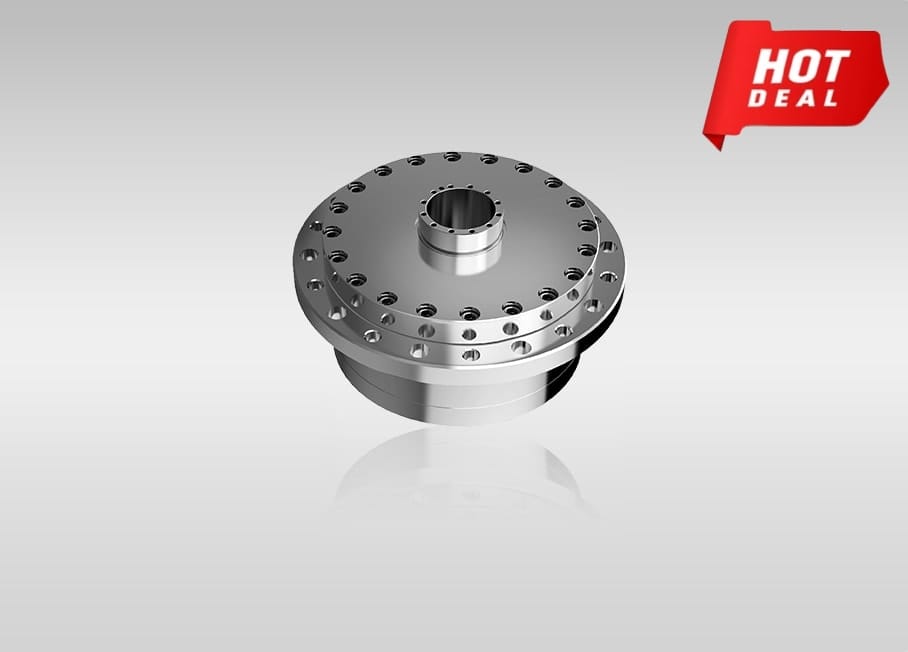
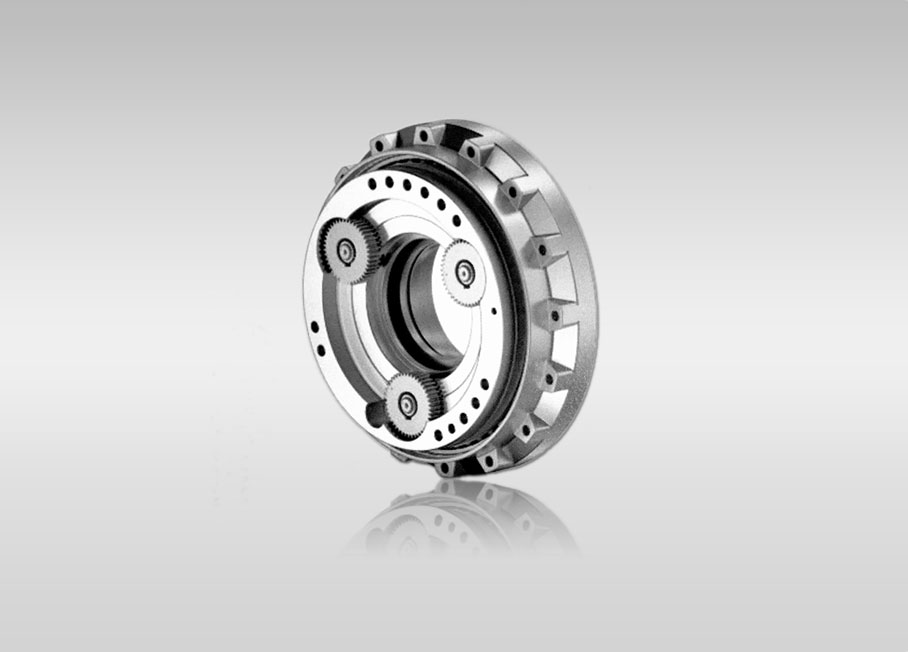
Quote Now